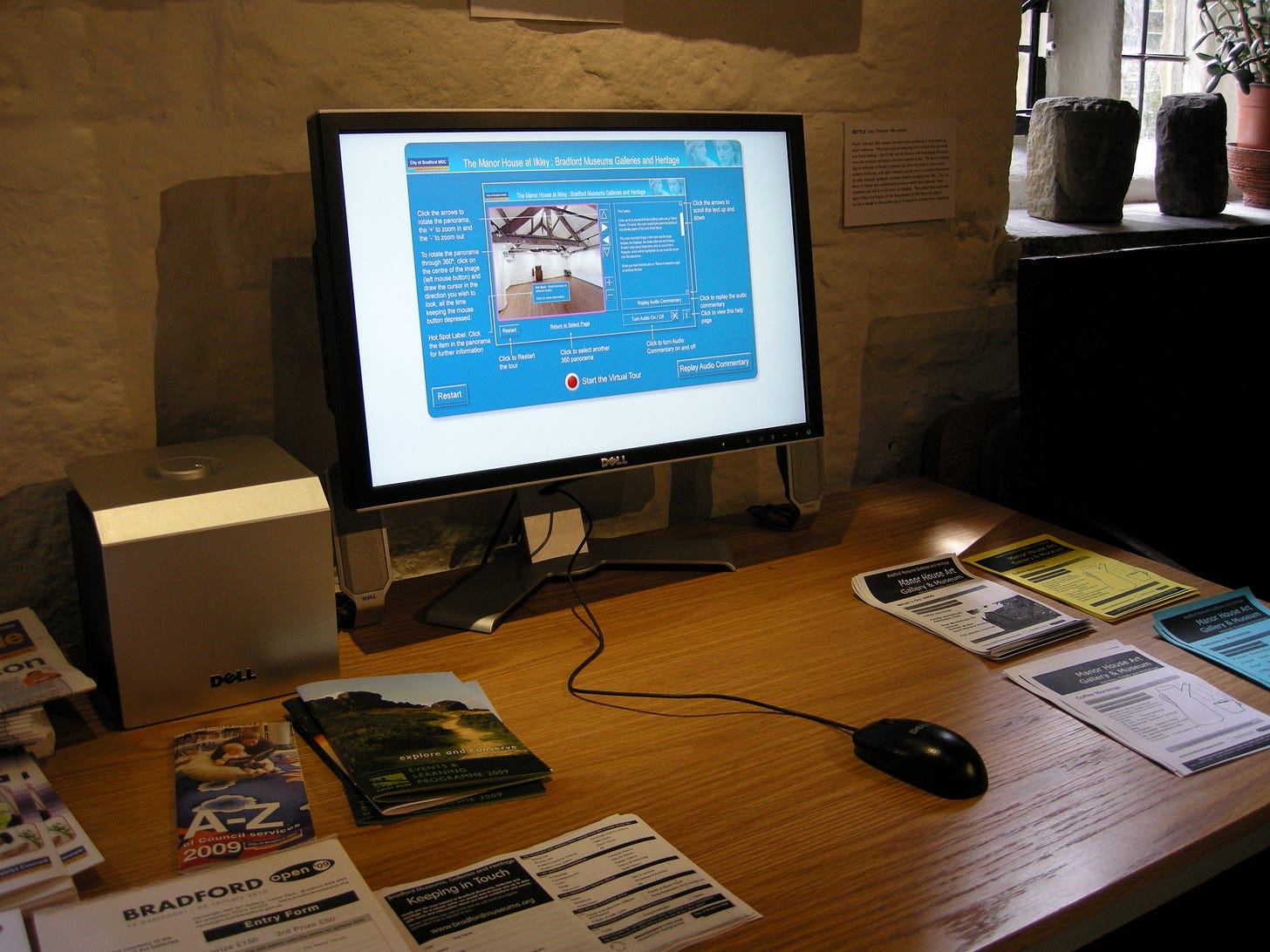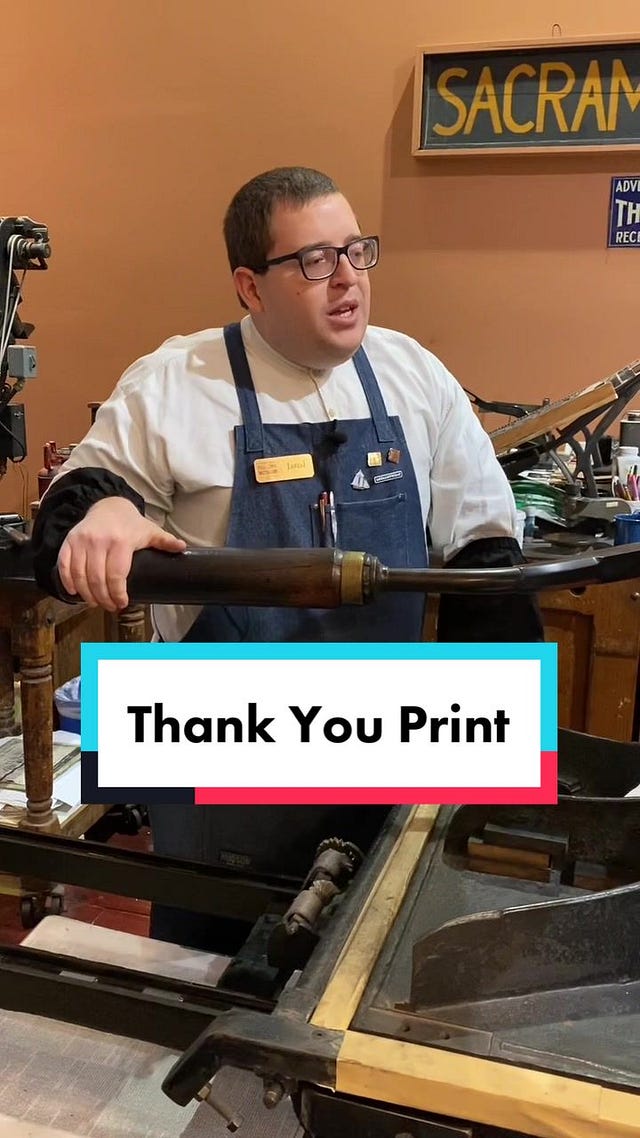Social media: The Museum's Digital Journey
How are museums using social media to expand their reach?

According to the "Social Media Users 2024" statistics, as of 2024, 5.17 billion people use social media, accounting for about 63% of the world's population, and the most widely used social media platforms are Facebook, Instagram, and YouTube. As an indispensable part of people's daily lives, social media is greatly affecting people's lives. Museums in the traditional sense are limited by physical space such as time and geographical location, which has great limitations and limits the audience's experience. Social media provides a brand new platform for museums to communicate with potential audiences through the Internet, so that their collections, history, culture, and educational resources can better reach people, show the core values of museums, and attract a wider audience around the world.
Video: How museums in Dorset, Shire Hall in Dorchester, and the Tank Museum in Bovington are using social media to promote themselves. Video by The Arts Development Company.
Social media strategy
So how can museums use social media to break the restrictions of the physical environment to effectively raise awareness and expand influence?
Content creation and sharing: museums use social media platforms to share the stories, history, and cultural background behind their exhibits, publish interesting stories, photos, videos, or other multimedia content to showcase their unique cultural heritage, and attract a wider online audience. For example, the Palace Museum in China releases exquisite videos on YouTube that vividly combine cultural relics and history and are then told in detail by experts, which attracts a large audience and is deeply loved by everyone. This kind of content creation can increase the audience's interest in and cognition of the museum, build a good image of themselves, and establish a closer connection with the public.

 Tiktok failed to load.
Tiktok failed to load.Enable 3rd party cookies or use another browser
Video: The Sacramento History Museum has posted a TikTok video of a Jared letterpress printing machine using the largest wooden type on display at the museum to print thank-you notes. The video has received a lot of viewers' likes, and the Sacramento History Museum's TikTok account is gaining followers every day.Video by Sacramento History Museum.
Online virtual exhibition: Through the social media platform, the museum is able to display its precious collections online with the help of live tour, 360-degree panoramic pictures and videos, VR and other tools, and provide detailed online explanation and tour services, presenting an unprecedented visiting experience for the audience. Take the Australian Museum as an example, they have carefully created a virtual tour area on the official website, so that visitors can immerse themselves in the museum environment no matter where they are. This unique virtual experience not only successfully attracted a large number of potential visitors, but also further expanded the audience of the museum, so that more people have the opportunity to participate in and enjoy the museum's rich exhibitions and activities.

Interact with the audience: The museum organizes a variety of fun activities, such as quiz games, voting choices, creative challenges, and the audience can share their own opinions during the fun experience. This kind of interaction brings the museum and the audience closer, and also gives the audience more participation ana sense ofd belonging to the exhibition. The Melbourne Museum is a leader in this regard, and they have carefully set up a diverse interactive activity section on the official website, covering family activities, adult interaction, children's games and puzzle solving. This novel interactive model not only greatly increased audience engagement and interest, but also helped the museum obtain valuable audience feedback and suggestions, providing an important reference for future event planning.
Educational and learning resources: Museums can use social media platforms to share educational and learning resources such as online courses, lectures, workshops, etc. They also collaborate with educational institutions, academics and experts to provide a rich variety of learning content that meets the needs and interests of different audiences. For example, Museum Victoria has a wealth of educational resources on the "Learning" section of its website—study plans, online lectures, learning LABS, etc. There are even age-specific categories for each project. This sharing of educational resources can help the museum expand its influence and attract the attention of more educational and learning institutions.
Through the above strategies, museums can use social media platforms to expand their influence and attract more viewers and attention. This can not only promote the interaction and exchange between museums and the public but also enrich people's cultural lives, promote the dissemination and development of culture and art, and promote cultural dialogue and understanding. Furthermore, many audiences can acquire useful knowledge and resources to enhance their comprehension and use of social media platforms for educational, occupational, or recreational purposes.
Opportunities and challenges
Podcast: W. Ryan Dodge, social media coordinator at the Royal Ontario Museum, talked about how museums are building better connections and communication with the public and using public feedback to improve their social media strategies. From the Social Pro Podcast.
In the digital age, a museum is no longer limited by its physical space. The emergence of social media has brought new development opportunities for museums, greatly promoting the promotion and popularization of museums so that people around the world can enjoy precious cultural heritage. However, it also presents some challenges. With all the information on social media, sometimes the audience may find it difficult to truly understand the rich content of the museum because of too much information or inaccurate information, and some valuable collections may be overlooked. In addition, the content on social media is often short and fragmentary, and it is difficult to bring comprehensive and systematic cultural and historical education to the audience. Therefore, museums need to carefully operate social media, create high-quality content, maintain continuous activity, regularly analyze the data feedback of the audience, understand their preferences and needs, and constantly improve the strategy to improve the effectiveness of social media operations and better communicate the cultural and historical values of the museum.



